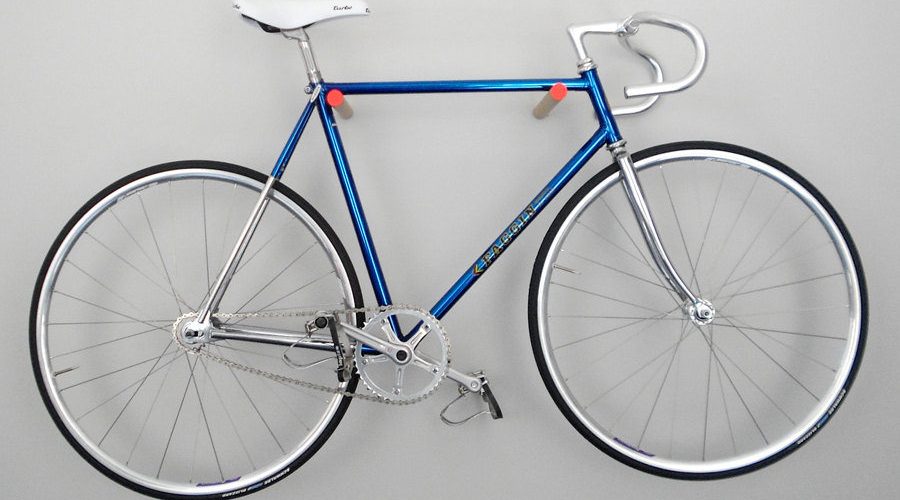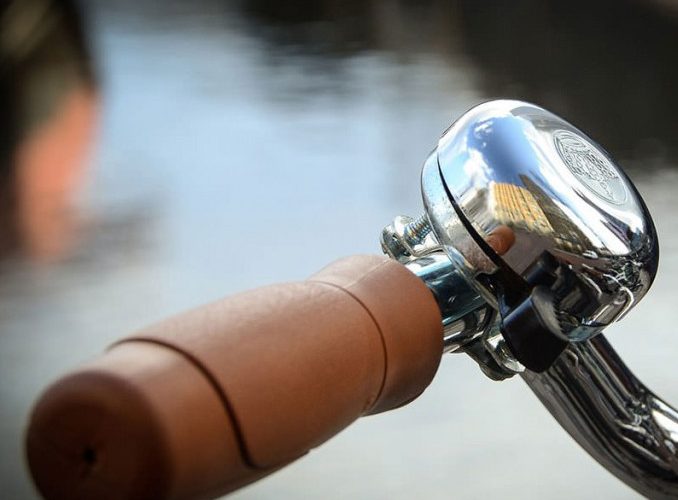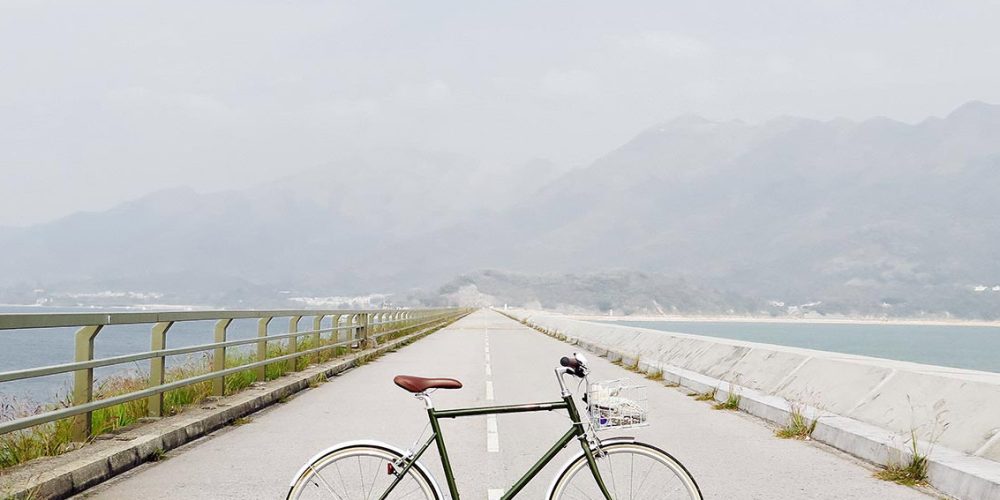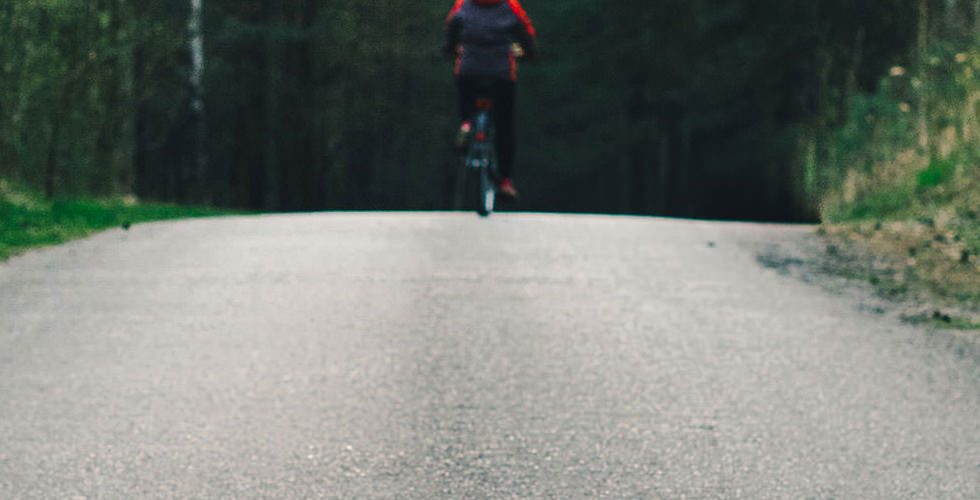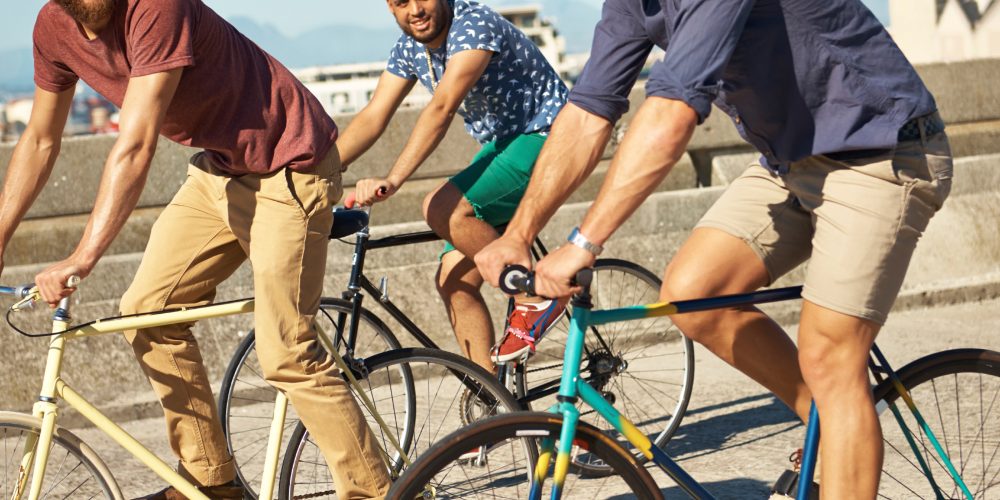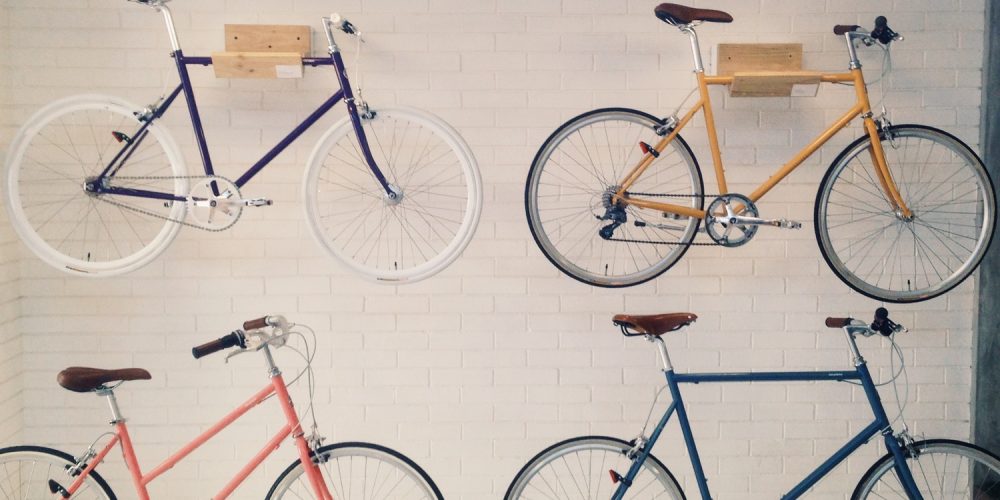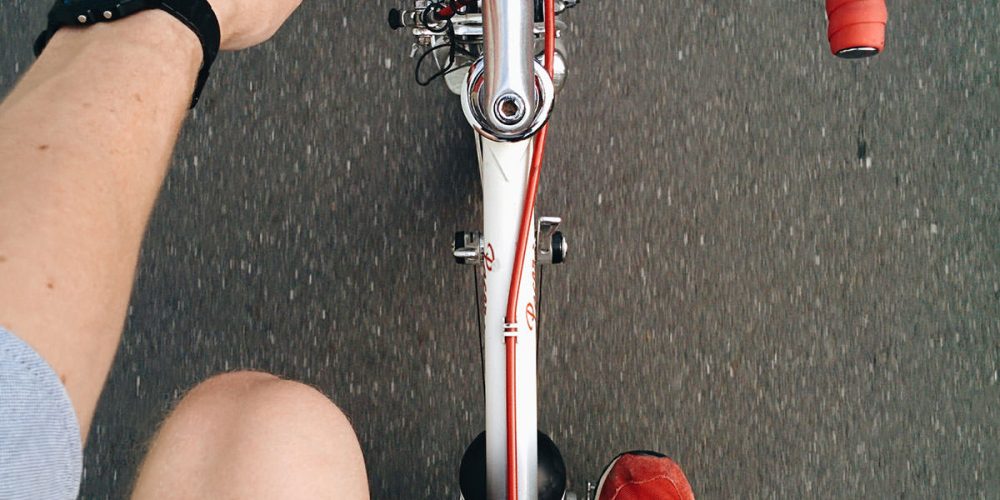- About me
- About us
- Best Selling Products
- Blog Fullwidth
- Blog Grid
- Blog Masonry
- Blog Medium
- Blog Wide
- Booking
- Cart
- Cart
- Checkout
- Checkout
- Contact us
- Default page
- Ecwid Store
- Elements
- FAQ
- Featured Products
- Fullwidth Category
- Homepage 1
- Homepage 2
- Homepage 3
- Icons
- My account
- My Account
- Order Tracking
- Popular Products
- Pricing Table
- Product categories layout test
- Product Detail 1
- Product Detail 2
- Product Extra Option
- Product Extra Option
- Products by ID
- Products by Sku
- Recent Products
- Sale Products
- Sample Page
- Shop
- Shop
- Shop grid
- Shop Grid Left Sidebar
- Shop Grid Right Sidebar
- Shop list
- Shop List Left Sidebar
- Shop List Right Sidebar
- Store
- Test Drive
- Typography
- Under Construction
- Wishlist
Choosing your equipments
2
826
The Bicycle
If you plan on a combination of road and mountain biking, pick a hybrid. Road bikes are for the road and mountain bikes are for off-road use. The most important part of bicycle shopping is finding the right frame size. A frame that is too small will place unnecessary strain on your joints. A frame that is too large will decrease the level of control you have over your bike. If the frame is not properly fitted to your body, your center of gravity will be greatly compromised. When choosing your bicycle, pick the best combination of features for the type of cycling you plan to do. For example, don`t put off-road tires on a road bike.The Shoes
Many road bikes along with mountain bikes include clipless pedals to which special shoes attach, via a cleat, permitting the rider to pull on the pedals as well as push. The right cycling shoes will support your foot on the pedal. This can reduce cramping and foot fatigue as you ride. The shoe you pick will depend on the type of pedal you plan to use with your bicycle.The Helmet
Helmets offer essential protection while cycling. Modern designs are sleek and lightweight. There is no longer a question of style when choosing to wear a helmet. Helmets are proven to save lives and prevent life altering injuries from having their full effect. A good helmet will cost you at least US$50 and the best helmets can cost hundreds of dollars.The Clothes
Dress for the weather. Lightweight, breathable fabrics are excellent for keeping the body cool and dry in warm weather. Moisture-wicking, heat retaining fabrics like fleece are best for winter riding. Gloves, glasses, socks, and extra outer layers are important regardless of season. In general, fabrics suited for most outdoor sports will be appropriate for cycling. However, avoid loose fitting clothing as these clothes may get caught in your spokes, chain, or handlebars.Your bikes need love too!
2
916
Pump It Up
Probably, the number one reason bikes fall apart is because people ignore the tires. Here’s what happens: Bicycle tires have very little air in them. And bicycle tubes, which are made of butyl rubber, are porous enough to allow air to seep out. The result is tires softening over a period of about a week for road bikes and about a month for mountain bikes (though it depends some on tire size). When the tires get soft, bad things happen. Some folks decide to stop riding the bike because they think they have flat tires and they put off getting the flat fixed because it means loading the bike in the car and dragging it down to the bike shop.Lube It or Lose It
A bicycle is made up of a bunch of moving metal parts, many of which are meshing with each other. In order to keep these parts from grinding each other to dust as you pedal merrily along, they should be lubricated. Spinning parts containing bearings, such as the wheels, pedals, bottom bracket (what the crankset is mounted to), and headset (the mechanism that connects the fork to the frame and allows steering), come from the manufacturer packed with grease. About once a year, these components should be dismantled, checked and regreased. But, because special tools are needed and the work is required only occasionally, you may prefer to leave this job to a bike shop mechanic.Keep It Clean
Mountain bikers, especially those who ride in the mud, should keep a cleaning kit in the corner of the garage ready for use at ride’s end. All that’s needed is a bucket with some sponges and dishwashing detergent and a nearby hose. When you return from a ride, prop the bike up and spray off the majority of the mud and muck with the hose. It’s crucial to not blast the water sideways at the bike. Doing so may force the water into the pedals, hubs and bottom bracket, which may compromise the grease and bearings inside these components. Instead, spray water only from above and don’t ever direct it toward greased parts.Store It
I tell everyone to store bike(s) inside. It’s the best way to keep them running and looking like new. And it doesn’t take much in the way of space or supplies. The only item needed is a bike hook. These are shaped like question marks and coated with vinyl so as not to scratch the wheel when you hang the bike on the hook. Install the hook in a stud in a wall or a rafter or beam; anywhere where the bike can hang vertically is fine. I’ve seen bikes stored in stairwells, bathrooms, bedrooms—anyplace you can find dead space is fine. It’s also possible to use two hooks and hang the bike horizontally, one wheel on either hook.Basic riding techniques (part 1)
2
810
Perfect Your Pedaling
It’s normal to hop on a bike and push down on the pedals. But, if that’s all you do, you’ll never develop a smooth, efficient pedal stroke. Practice this instead: When the pedals reach 3 o’clock on the pedal stroke, pull back with a swiping motion as if you are wiping mud off the bottom of your shoes. You’ll notice an immediate boost in power, especially on hills. And, if you focus on this technique for only a few rides, your pedal stroke will smooth out and become far more efficient. In time, you’ll do it automatically.Palm Protection
Two nerves run through your palms and they can become painfully numb from cycling. In fact, my high-school chum Bruce Holden once lost the feeling in both hands for six weeks after a ride we took into the White Mountain of New Hampshire. What’d he do wrong? He made three serious mistakes: 1 He rode without gloves (always ride with comfortable, nicely padded cycling gloves because they save your hands and also provide palm protection if you crash); 2 He gripped the bars too tightly (relax your grip); and 3 He didn’t move his hands around to different parts of the handlebars (every 10 minutes move your hands and grip in a different place). Avoid these mistakes and you should avoid palm problems.Relax!
One of the most common mistakes is riding while you’re too tight in the upper body. If you see someone riding and you see locked shoulders and straight, stiff arms, you’re looking at someone who’s probably going to have a sore neck and arms at the end of the ride and someone who’s tiring out muscles for no good reason. Relax when you’re riding. Keep nice, loose, bent arms. Drop your shoulders and get comfortable. Train yourself to relax by, every 15 minutes or so, shrugging your shoulders to get them to drop and relax. Bring your elbows down and closer together and shake your arms to relax them. Bend your elbows. Exhale. Think about letting all that tension leave your neck, shoulders and arms. You’ll feel a whole lot better and have a lot more control of your bike if you can learn to ride comfortably like this.Hook Your Thumbs
An important safety measure is always keeping at least one of your thumbs beneath the handlebars. If you can do this, you’ll avoid crashing due to your hands slipping off the bars. This can happen if you hold onto the tops with all your fingers over the handlebars. In this position, if you hit a bump and aren’t prepared, your hands can slip off causing a crash. This common accident can be prevented by simply keeping your thumbs in the right place.Push-up Power!
If you suffer from a sore neck on rides and you’re satisfied with the fit of your bike, you should try adding sets of push-ups to your workout routine. Even if you only do them a few days a week, I think you’ll find that they make your neck pain go away. This happens because the push-ups strengthen the muscles that support the neck, which means they won’t tire on rides and get sore.Social aspects of bikes (P.1)
2
836
A brief history of bicycling
2
1860
No. 1 rule : safety first!
2
834
- Obey traffic signs and signals – Bicycles must follow the rules of the road like other vehicles.
- Never ride against traffic – Motorists aren’t looking for bicyclists riding on the wrong side of the road. State law and common sense require that bicyclists drive like other vehicles.
- Follow lane markings – Don’t turn left from the right lane. Don’t go straight in a lane marked “right-turn only.”
- Don’t pass on the right – Motorists may not look for or see a bicycle passing on the right.
- Scan the road behind you – Learn to look back over your shoulder without losing your balance or swerving. Some riders use rear-view mirrors.
- Keep both hands ready to brake – You may not stop in time if you brake one-handed. Allow extra distance for stopping in the rain, since brakes are less efficient when wet.
- Wear a helmet and never ride with headphones – Always wear a helmet. Never wear a headphone while riding a bike.
- Dress for the weather – In rain wear a poncho or waterproof suit. Dress in layers so you can adjust to temperature changes. Wear bright colored clothing.
- Use hand signals – Hand signals tell motorists and pedestrians what you intend to do. Signal as a matter of law, of courtesy, and of self-protection.
- Ride in the middle of the lane in slower traffic – Get in the middle of the lane at busy intersections and whenever you are moving at the same speed as traffic.
- Choose the best way to turn left – There are two choices: (1) Like an auto: signal to move into the left turn lane and then turn left. (2) Like a pedestrian: ride straight to the far side crosswalk. Walk your bike across.
- Make eye contact with drivers – Assume that other drivers don’t see you until you are sure that they do. Eye contact is important with any driver which might pose a threat to your safety.
- Look out for road hazards – Watch out for parallel-slat sewer grates, gravel, ice, sand or debris. Cross railroad tracks at right angles.
- Use lights at night – The law requires a white headlight (visible from at least 500 feet ahead) and a rear reflector or taillight (visible up to 300 feet from behind).
- Keep your bike in good repair – Adjust your bike to fit you and keep it working properly. Check brakes and tires regularly. Routine maintenance is simple and you can learn to do it yourself.
Survive long bike road trips
2
733
Bicycle mudguards
2
826




